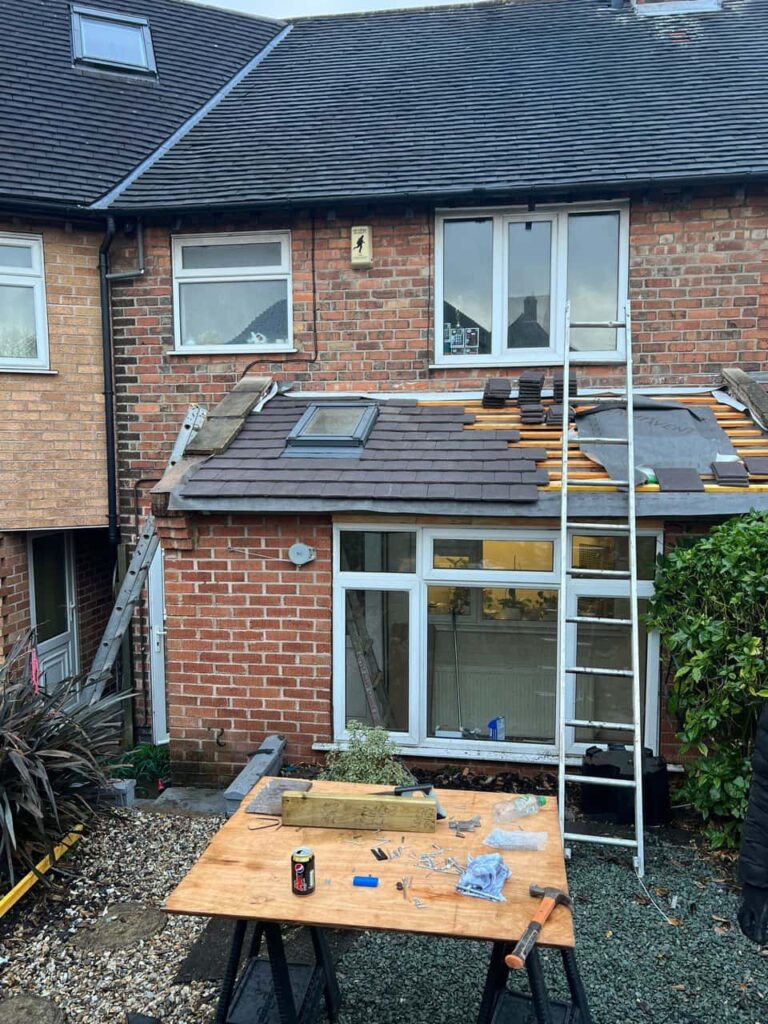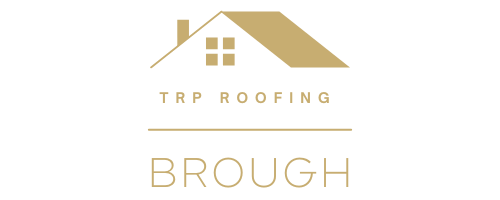Commercial properties rely heavily on their roofing systems to protect operations, assets, and staff from the elements. Unlike residential roofs, commercial roofs often span larger areas, incorporate complex drainage systems, and face heavier wear due to environmental exposure. Proactive maintenance is the key to preventing costly repairs, minimising downtime, and extending the lifespan of the roof. At TRP Roofing Brough, we help businesses across Brough, East Riding of Yorkshire, create effective maintenance plans that protect their investment and ensure long-term reliability.
Why Proactive Maintenance Matters
Waiting for visible leaks or damage before taking action can be a costly mistake for commercial property owners. A proactive maintenance strategy delivers multiple benefits:
- Reduces unexpected repair costs by catching issues early
- Extends the life of the roof by preventing minor wear from becoming major damage
- Protects business operations by reducing the risk of water ingress and interior damage
- Maintains compliance and insurance validity, as many policies require regular roof inspections
Step 1: Schedule Routine Inspections
The foundation of proactive maintenance is regular inspection. Commercial roofs should be inspected:
- At least twice per year, ideally in spring and autumn
- After extreme weather events, including storms, heavy rain, or snow
- Before major repairs or upgrades, to identify any existing weaknesses
During inspections, professionals check for signs of damage such as cracks, standing water, lifted seams, debris accumulation, and blocked drainage systems.
Step 2: Identify and Address Minor Issues Early
Small problems can escalate quickly on commercial roofs. Issues to address promptly include:
- Clogged gutters or outlets causing standing water
- Punctures or splits in roofing membranes
- Loose flashing that allows water ingress
- Moss or algae growth, which can trap moisture
Early intervention is not only cost-effective but also helps avoid disruption to daily business operations.
Step 3: Implement a Cleaning and Debris-Removal Routine
Flat and low-slope commercial roofs are prone to debris build-up, which can lead to drainage problems and surface deterioration. Incorporating regular cleaning into your maintenance plan helps:
- Maintain efficient water flow to drains and gutters
- Reduce the risk of moss, algae, and organic material damaging the surface
- Minimise weight and stress on the roof structure
Step 4: Keep Detailed Records
Proper documentation ensures maintenance is consistent and compliant. A good record should include:
- Dates and details of inspections
- Photographic evidence of roof condition
- Any repairs or maintenance actions performed
- Recommendations for future work
These records are invaluable for insurance claims, property management, and budgeting for future repairs or replacements.
Step 5: Partner with Professional Roofing Specialists
While basic checks can be performed by facilities teams, professional commercial roofing contractors provide the expertise and safety measures required for thorough inspections and repairs. At TRP Roofing Brough, we offer tailored maintenance programmes for businesses in Brough, East Riding of Yorkshire, helping property owners protect their investment and avoid unexpected downtime.
Conclusion
A proactive maintenance plan for commercial roofs is a practical, cost-saving strategy that reduces risk and extends the life of the roof. By scheduling regular inspections, addressing minor issues promptly, maintaining cleanliness, and partnering with trusted professionals, businesses can prevent expensive emergencies and maintain safe, weatherproof premises. Contact TRP Roofing Brough today to create a customised maintenance plan that safeguards your commercial property for the long term.
Call us on: 01482 736 096
Click here to find out more about TRP Roofing Brough
Click here to complete our contact form and see how we can help with your roofing needs.

